In 1999, Kevin Ashton, the computer scientist who proposed improvements of logistics efficiency without human intervention, invented the term “Internet of Things” (IoT) as the use of ubiquitous sensors to control the availability of goods in the enterprise’s warehouses and keep track of their movement to retail outlets.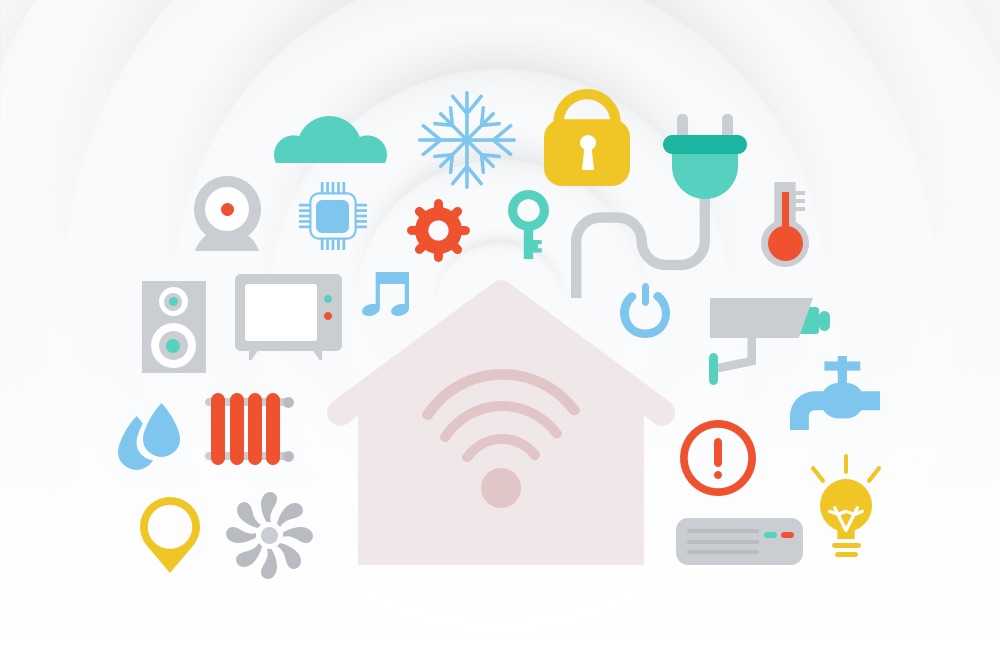
In the future, the concept of IoT has begun to imply more than just process automation of a particular production. Now not only a computer or smartphone, but also other devices, such as a coffee machine, refrigerator, washing machine, and others, connect to the Internet and exchange information.
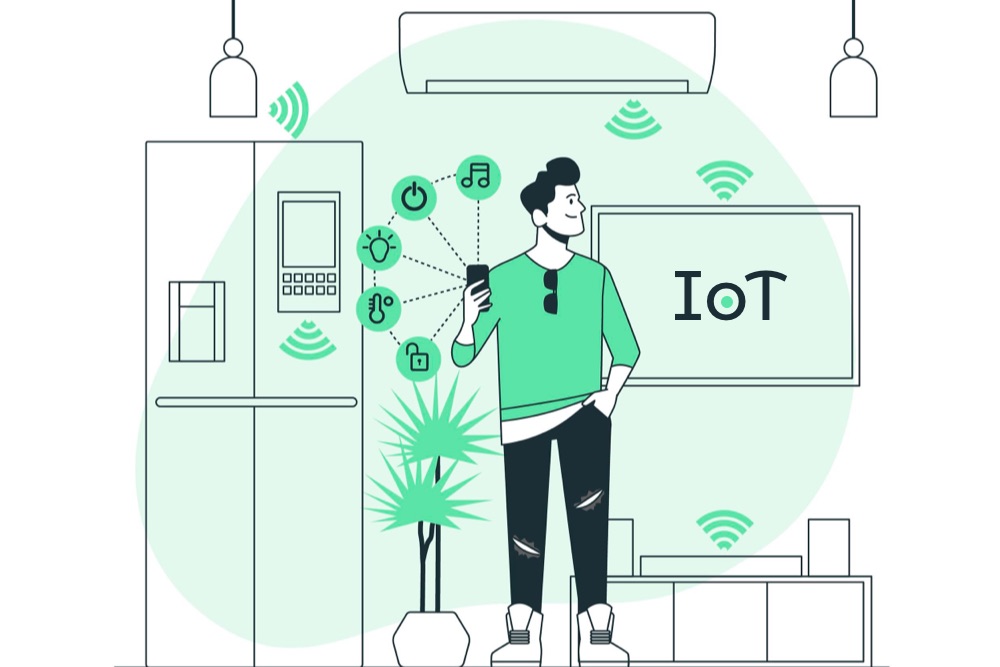 Traditionally, many people associate the Internet of Things with a smart home. Thanks to these technologies, users can control the temperature in the room, turn on the lights and music, and send instructions to the robot vacuum cleaner. All you have to do is press a button on your smartphone.
Traditionally, many people associate the Internet of Things with a smart home. Thanks to these technologies, users can control the temperature in the room, turn on the lights and music, and send instructions to the robot vacuum cleaner. All you have to do is press a button on your smartphone.
For ordinary consumers of such technologies, life becomes more comfortable. In production and business, this is a way to save resources and optimize. There is an integration of enterprises and digital platforms, as well as businesses of various industries such as mobile operators and banks, telecommunications, and insurance companies.
IoT allows you to create dynamic networks consisting of many elements that interact with each other. This provides a connection between the accumulated amount of data and real objects for which applications, services, and devices are data sources.
This digital transformation allows companies to more accurately predict changes in the market and make decisions based on the assessment of information about the various components of entrepreneurial activity.
Thus, IoT is a system that connects devices to a computer network and allows them to collect, analyze, process, and transmit data to other objects through software, applications, or technical devices.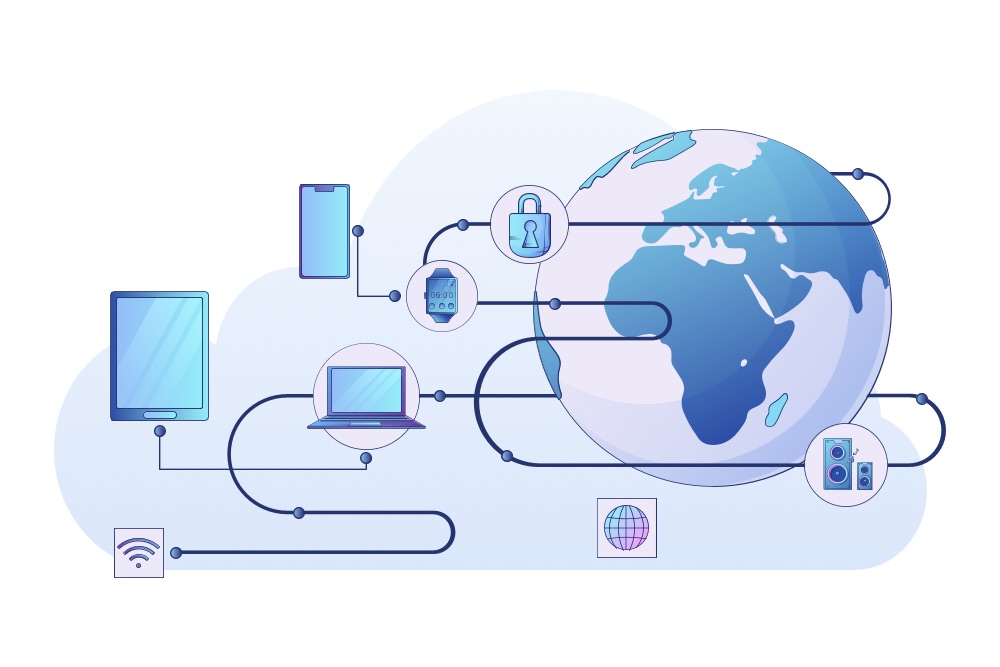
For about 20 years, the Internet of Things has become a trend in the information technology market. According to Fortune Business Insights, the global IoT market in 2018 was $160 billion, and it will exceed $1.1 trillion by 2026.
The rapid growth is associated with the widespread introduction of artificial intelligence and machine learning systems. The growth of the market is also driven by the introduction of 5G, the increase in the number of users of “smart” devices, and smartphones, as well as the growing demand for energy saving.
The number of IoT devices around the world is increasing significantly every year. According to IoT Analytics, there were 14.5 billion active IoT connections in the world in 2022. The prediction is that by 2025, the mark of 50 billion connected devices will be reached.
The potential of this segment is great, but rather expensive silicon chips hold it back. The solution could be the introduction of plastic chips, which are many times cheaper.
Researchers at the University of Illinois created a new plastic-based FlexiCore processor design from scratch. Since the percentage of marriage increases with the number of logic elements, the decision was to implement 4- and 8-bit architectures. For many IoT tasks, these simple computing devices are sufficient.
For the production of plastic microcircuits, the technology of applying transistors based on indium-gallium-zinc oxide (IGZO) on a thin flexible film was applied.
The resulting 4-bit Flexi Core chip has an area of 5.6 mm2. The researchers calculated that a single Flexi Core chip would cost less than a cent to manufacture.
Thanks to such a cheap plastic processor, we may soon see explosive dynamics, and many analysts predict a huge number of IoT devices in a few years – 55, and according to some reports, 65 billion.
The technology of the Internet of Things has been considered a phenomenon that can rebuild both economic and social processes by eliminating the need for human participation in some of the actions and operations.
IoT devices function on their own, although people can configure them or provide access to data. IoT systems operate in real-time and usually consist of a network of smart devices and a cloud platform to which they are connected by using Wi-Fi, Bluetooth, or other forms of communication.
What happens when the temperature is too high or there is a burglar in the house? The system notifies the user about this or performs further actions itself – for example, turns on the air conditioner or calls the police.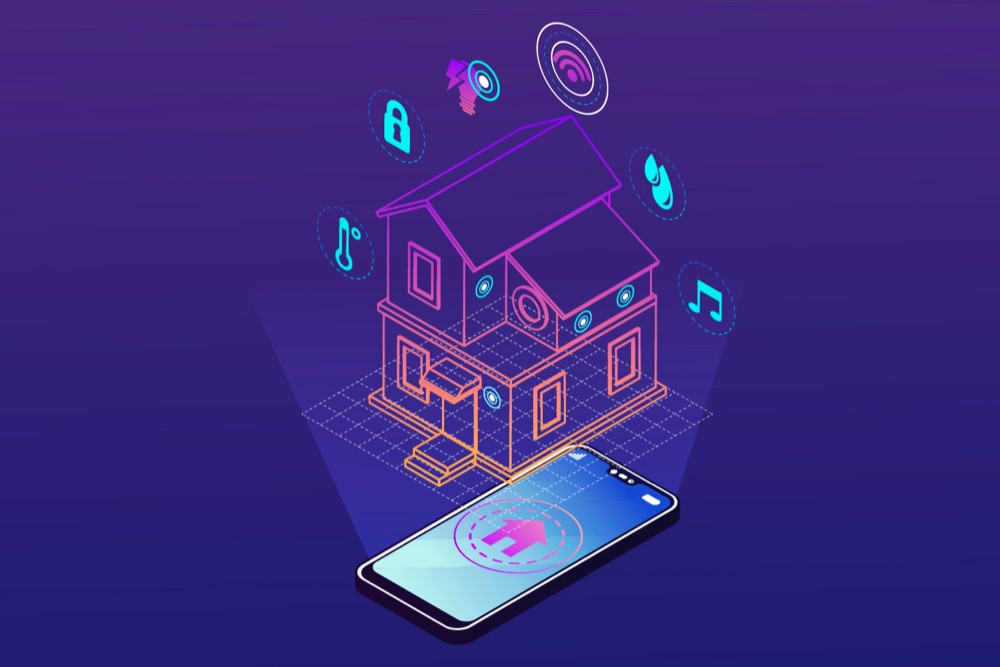
First, devices collect data – for example, about the temperature in the apartment or the user’s heart rate, and then this data is sent to the cloud. There, the software processes them, and the Internet of Things is inextricably linked with Big Data.
In addition to Big Data, analytics, connections, devices, and experience are also important for the operation of the Internet of Things. For simplicity, this principle is presented as ABCDE: Analytics, Big Data, Connection, Devices, and Experience.
– Analytics is a key link in the functioning of IoT, which unites the devices themselves, and data from them and optimizes business processes;
– Big Data (information from devices) is stored in the cloud; allows you to automate existing processes or build new ones;
– Connection is the channels through which devices receive and transmit information;
– Devices are connected to the system, which must have the appropriate frequency of messages for correct operation;
– Experience — work with existing experience in solving customer problems using IoT, its analytics, and rethinking.
IoT Technology Uses
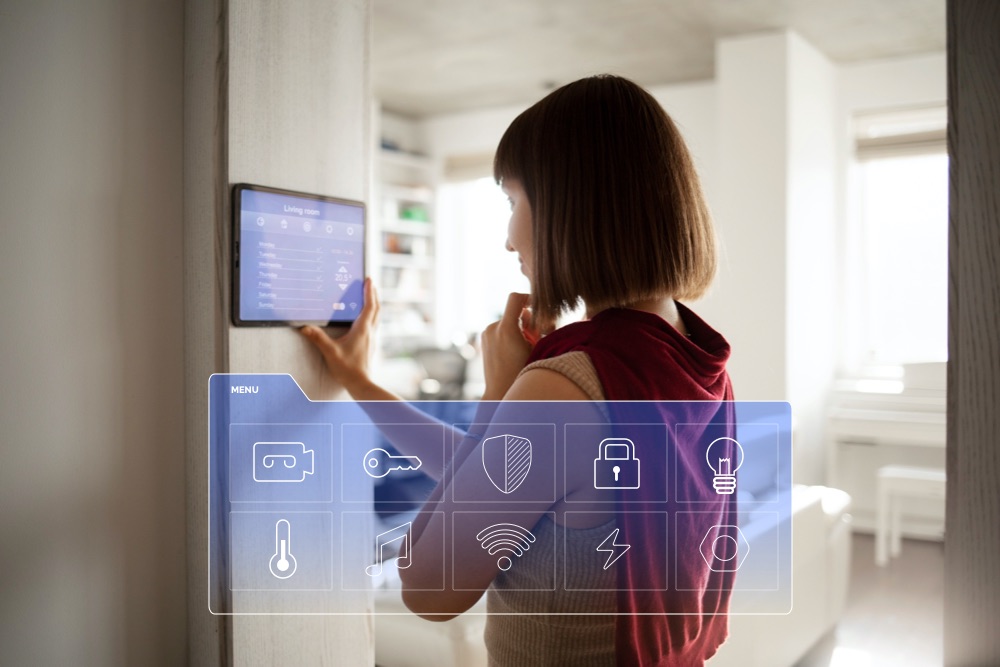 IoT can be encountered in almost all areas: from contextual advertising, which tells the user where to dine or refuel depending on the current geolocation, and ending with food delivery or buying a car.
IoT can be encountered in almost all areas: from contextual advertising, which tells the user where to dine or refuel depending on the current geolocation, and ending with food delivery or buying a car.
The biggest driver of IoT implementation for 54% of businesses is future cost savings. In 23% of cases, the goal is to increase competitiveness.
According to IoT Analytics research, in 2022 the highest level of penetration of IoT technology was observed in transport, energy, retail, city life management, healthcare, and industry.
In the power industry, the Internet of Things improves the controllability of substations and transmission lines through remote monitoring.
In healthcare, IoT allows you to move to a new level of disease diagnostics – “smart” devices can monitor patient health indicators around the clock.
In agriculture, “smart” farms and greenhouses dispense fertilizers and water themselves, and “smart” animal trackers notify farmers in time not only about the location of animals but also about their health status analyzing heartbeat, body temperature, and general activity. For example, more than a third of Israeli cotton growers use IoT systems.
In transportation, typical IoT solutions include telematics and intelligent fleet management, in which the vehicle connects to a local operating system for monitoring and diagnostics. In 2022, the share of cars with Internet connection exceeded 50% of the total mass of vehicles sold.
In an urban environment, IoT solutions help automate lighting, while reducing lighting costs by up to 30-50%. Smart meters themselves record and transmit information on costs and wear to management companies. In logistics, IoT reduces the cost of transportation and minimizes the impact of the human factor. IoT systems can also monitor the occupancy of trash cans and optimize waste collection costs based on this data.
The Internet of Things is being actively implemented by oil, gas, and mining industries. In particular, the use of advanced well analytics helps oil and gas industry increase the production from mature fields. For example, with the help of the Internet of Things, it is possible to reduce the losses of companies due to erroneous forecasts for electricity consumption.
Plan to integrate certain IoT technologies
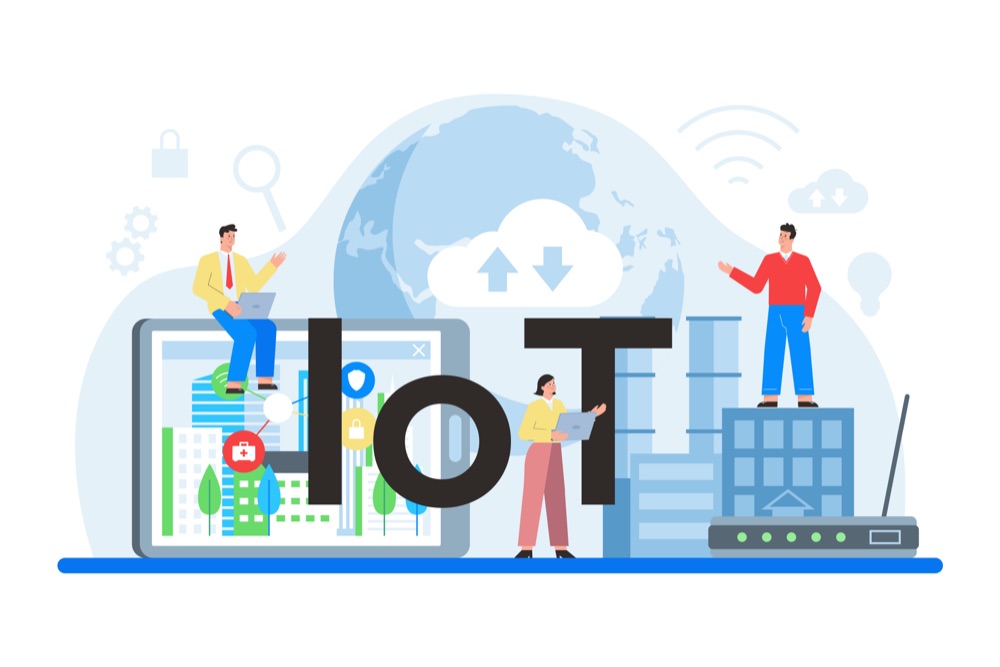 According to experts, the Internet of Things will generate from 4 to 11 trillion dollars of income by 2025, and it is logical that the main share will come from factories and enterprises. However, there are also problems with which the development of IoT is associated. The main one is safety.
According to experts, the Internet of Things will generate from 4 to 11 trillion dollars of income by 2025, and it is logical that the main share will come from factories and enterprises. However, there are also problems with which the development of IoT is associated. The main one is safety.
Cybercriminals are constantly trying to hack into remote monitoring devices, databases, and intelligent car control systems, commit phishing attacks, upload viruses to hacked devices, and even sabotage production.
Recently, the US Federal Communications Commission (FCC), in conjunction with the National Institute of Standards and Technology (NIST), introduced a national label for secure IoT devices. According to CNX-Software, “The U.S. Cyber Trust Mark” will allow customers to select IoT and/or smart home components that meet high-security standards. The expectation is that the introduction of the Cyber Trust Mark will help correct the situation, at least in the United States. Verification and labeling of devices for manufacturers will be voluntary. Devices with the U.S. Cyber Trust Mark will be included into a special register of electronics that meets U.S. cybersecurity standards, where it will also be possible to check the relevance of information. The label will begin using on packaging and products at the end of 2024 after approval and public review.
In addition, the key problem of IoT implementation is the lack of common standards and, as a result, the possible incompatibility of software of different devices from different manufacturers, when combined into a single system.
Currently, several groups of companies are developing these standards, such as:
– The All Seen Alliance is the first standards development group for the Internet of Things. For now, it includes more than 50 organizations, including Microsoft, Qualcomm, LG, Sharp and Panasonic;
– The Open Interconnect Consortium (OIC) – supported by Intel, Atmel, Broadcom, and Dell. The main task is to develop common requirements for the compatibility of smart devices;
– The Thread Group – formed by a division of Google Nest Labs. Includes more than eighty participants such as Samsung, ARM Holdings, Silicon Labs, and others. The group opted for the low-power radio protocol 6LoWPAN;
– Home Kit – supported by Apple and allows device manufacturers to put the label “Compatible with iPhone”. Home Kit provides a set of tools for developers to create smart home apps;
– Industrial Internet Consortium – founded by Intel, Cisco, AT&T, GE, and IBM. Includes over 150 contributors who work together to develop device-to-device communications standards.
Gaining momentum, the Internet of Things puts forward its requirements:
- Small amount of data: Sensors and sensors do not need to transfer megabytes and gigabytes; as a rule, these are bits and bytes.
- Energy efficiency: The vast majority of sensors are autonomous and will have to work for years.
- Scalable: Many different devices should be running on the network, and adding a few million should be easy.
- Global: need a wide territorial coverage and transmission of information over considerable distances.
- Penetration: Devices in basements and mines must transmit a signal to the outside.
- Cost of devices: Devices should be cheap and available, and ready-made solutions cost-effective for business.
- Simplicity: the principle of set it and forget it – the user will choose understandable devices.
The IoT has become a worldwide trend, and soon the ability to “internetize” will become a requirement for consumer products and services. Devices will leave the assembly line with intelligence and connectivity already built in.











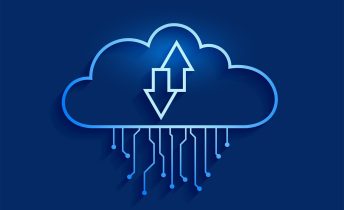
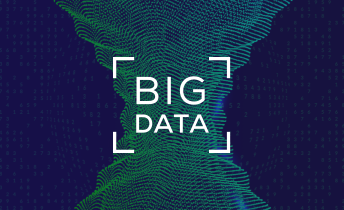
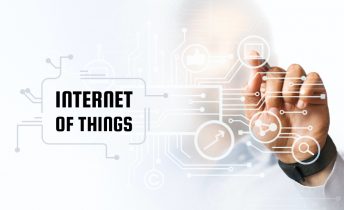
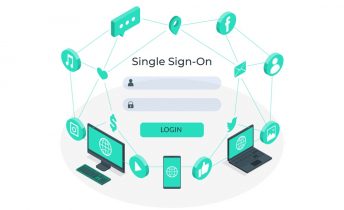
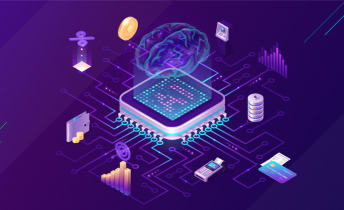
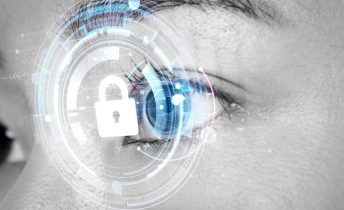
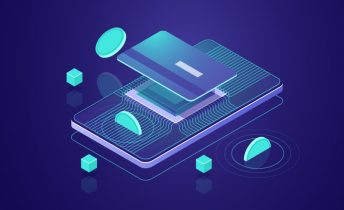
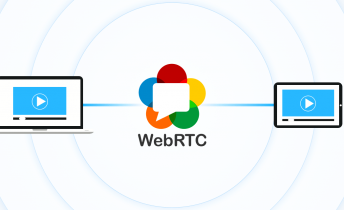
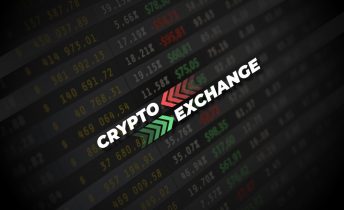

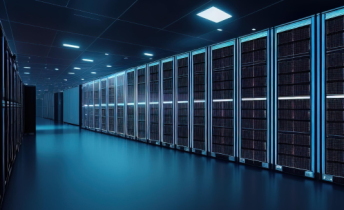

 Traditionally, many people associate the Internet of Things with a smart home. Thanks to these technologies, users can control the temperature in the room, turn on the lights and music, and send instructions to the robot vacuum cleaner. All you have to do is press a button on your smartphone.
Traditionally, many people associate the Internet of Things with a smart home. Thanks to these technologies, users can control the temperature in the room, turn on the lights and music, and send instructions to the robot vacuum cleaner. All you have to do is press a button on your smartphone.

 IoT can be encountered in almost all areas: from contextual advertising, which tells the user where to dine or refuel depending on the current geolocation, and ending with food delivery or buying a car.
IoT can be encountered in almost all areas: from contextual advertising, which tells the user where to dine or refuel depending on the current geolocation, and ending with food delivery or buying a car. According to experts, the Internet of Things will generate from 4 to 11 trillion dollars of income by 2025, and it is logical that the main share will come from factories and enterprises. However, there are also problems with which the development of IoT is associated. The main one is safety.
According to experts, the Internet of Things will generate from 4 to 11 trillion dollars of income by 2025, and it is logical that the main share will come from factories and enterprises. However, there are also problems with which the development of IoT is associated. The main one is safety.